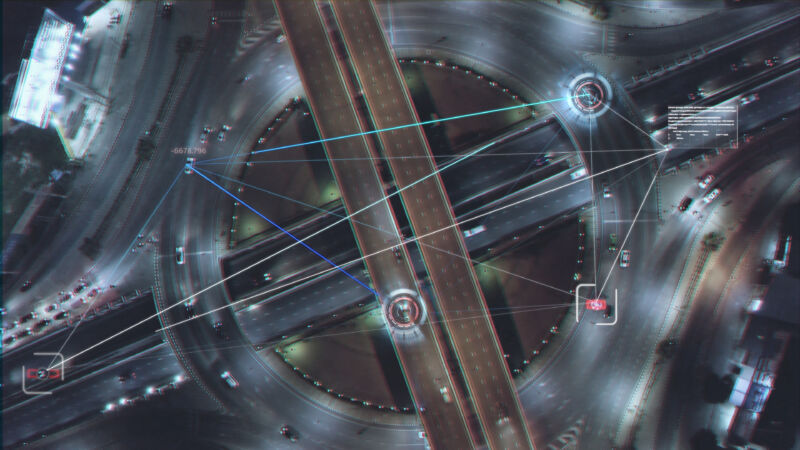-
 chevron_right
chevron_right
To save lives, issue connected vehicle technology waiver, NTSB tells FCC
news.movim.eu / ArsTechnica · Tuesday, 30 August, 2022 - 15:44 · 1 minute

Enlarge (credit: MR.Cole_Photographer/Getty Images)
In mid-August, the Federal Communications Commission succeeded in its long-held plan to reallocate a portion of the spectrum from car-to-car and car-to-infrastructure communication (known as V2X) to Wi-Fi instead. However, the FCC didn't reassign that entire region of bandwidth—30 MHz remains set aside for "intelligent transportation systems." And the FCC should grant automakers a waiver to allow them to start deploying cellular-based V2X (C-V2X) safety systems, said the National Transportation Safety Board in a letter it sent the FCC on Monday.
The saga of V2X is a long-running one. The FCC originally saved the spectrum around 5.9 GHz for use with V2X in 1999, but despite keen interest from some automakers and industry groups like the American Association of State Highway and Transportation Officials (AASHTO) and the Intelligent Transportation Society of America (ITS America), the technology still has not been deployed.
Seeing that failure, the FCC decided in 2020 to reallocate some of the bandwidth to Wi-Fi, leaving the frequencies between 5.895 and 5.925 GHz for V2X. ITS America and AASHTO sued the FCC to prevent this, but the US Court of Appeals for the District of Columbia ruled in favor of the FCC in August, allowing the commission to go through with its plan.

